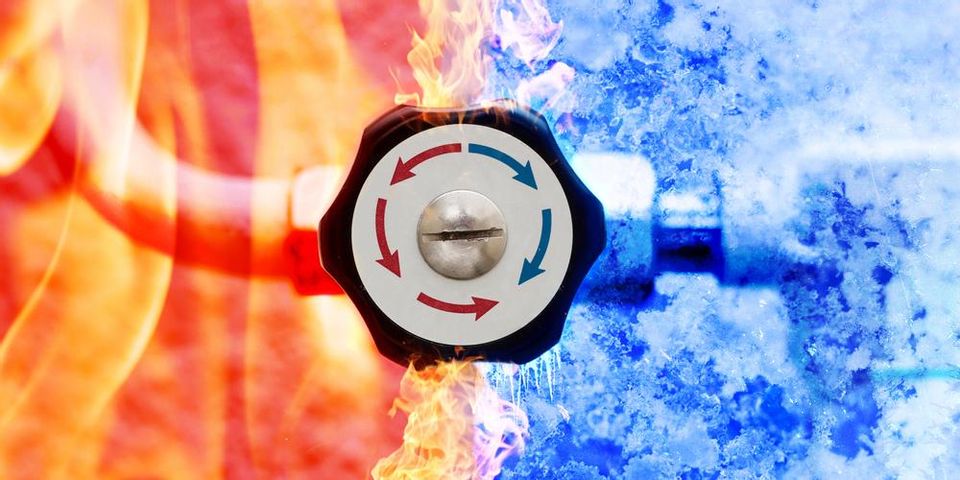
Ice and Heat Therapy
Ice and heat can help an injury heal. But they must be used correctly and at the right times or they can make an injury worse rather than better. Follow your healthcare providers guidelines for the use of ice and heat as part of your self-care at home.
Ice Therapy
Ice helps reduce swelling and pain in the early stages of an injury.
Ice Pack
- Choose a cold pack, bag of ice, or bag of frozen peas. Wrap it in a thin, damp cloth. (Do not place the ice directly onto your skin!)
- Find a comfortable place to sit or lie down. Place the ice pack over the injured area.
- Ice for 15 minutes every 2-3 hours. Do not ice for more than 20 minutes at a time.
Ice Massage
You may need a partner to help you with the massage.
- Fill a small paper or styrofoam cup with water and put it in the freezer. When the water has frozen, peel the top half of the cup back to expose a cone of ice. Or, hold an ice cube in a towel.
- Sit or lie in a comfortable position. Gently rub (or have your partner rub) the bare ice over the injured area. Keep the ice moving – don’t hold it still on the skin. Do not rub over bony areas.
- Massage for up to 5 minutes.
- Wait 30- 60 minutes then repeat at least 3 times per day.
Heat Therapy
Heat helps relax muscles and keep blood moving. But, if used in the wrong way heat can increase pain, swelling, and inflammation. Do not use heat on an injury until your healthcare provider says it’s okay. Usually after 48 – 72 hours, heat can be applied safely . It’s especially useful before attempting range of motion exercises.
Examples of heat therapy that can be applied at home include:
- Hot Showers; A hot shower provides moist heat for an injury. It also can give a gentle massage. Shower for 12-15 minutes every 3-4 hours.
- Tub Bath/Hot Tub; A bath provides more intense moist heat. Soak for 20 minutes every 3-4 hours.
- Heat pack/pad; Place a moist heat pack or heating pad directly over the injury. Use heat for 20 minutes every 3-4 hours.
About the Business
Have a question? Ask the experts!
Send your question

